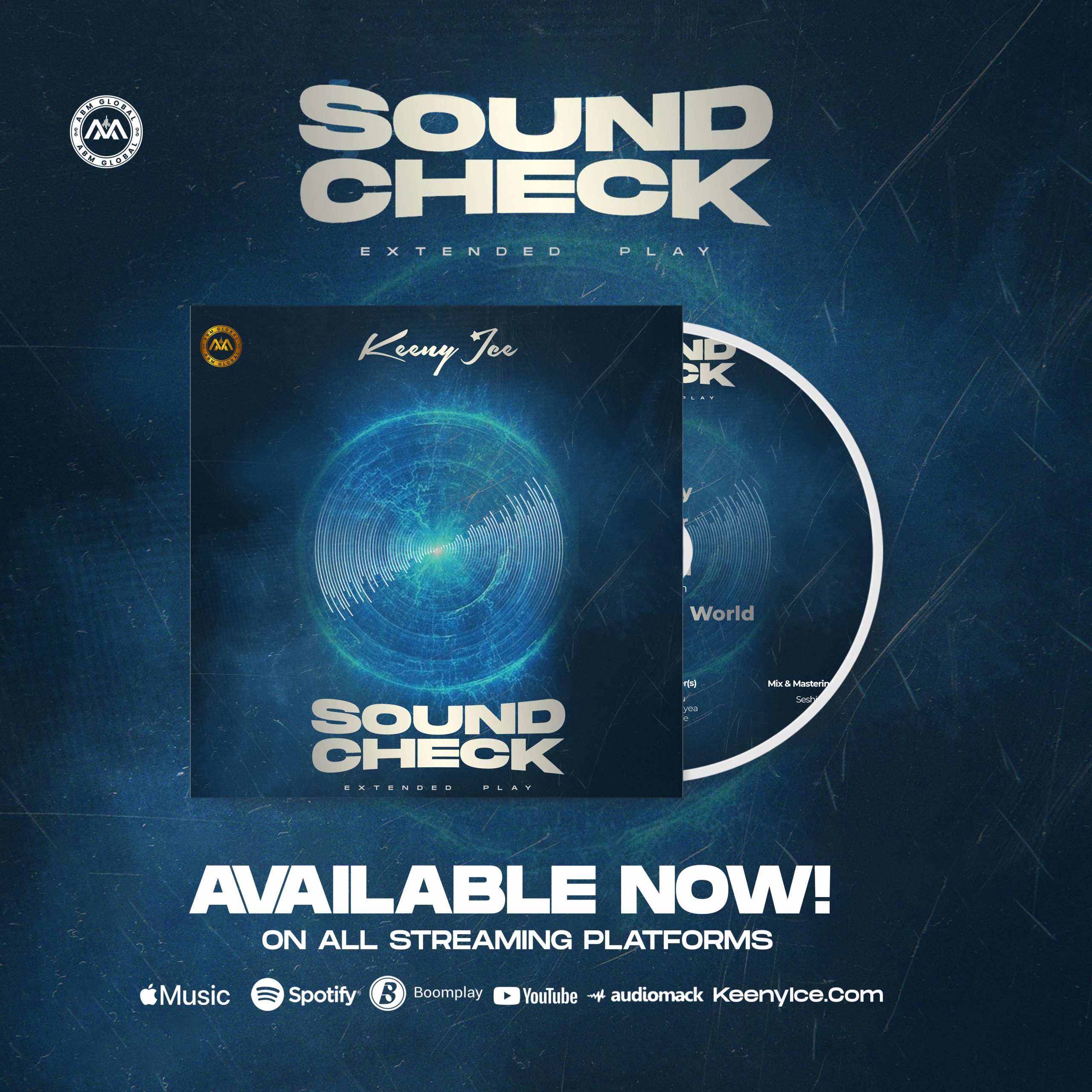Content ID is a digital fingerprinting system developed by Google which is used to easily identify and manage copyrighted content on YouTube. Videos uploaded to YouTube are compared against audio and video files registered with Content ID by content owners, looking for any matches. Content owners have the choice to have matching content taken down or to monetize it. The system began to be implemented around 2007. By 2016, it had cost $60 million to develop and led to around $2 billion in payments to copyright holders. By 2018, Google had invested at least $100 million into the system.
The YouTube system for managing your intellectual property consists of three major components:
- The YouTube rights management system identifies the owners and administrators of your intellectual property and defines the policies used to enforce your rights
- Content ID automatically scans YouTube videos for content that matches your intellectual property and applies the defined rights policy to the matching video
- YouTube videos are the (optional) public representation of your intellectual property, available to users on youtube.com
When you upload a piece of intellectual property to YouTube, you need to create a representation of it in each of these components separately. In other words, a single piece of intellectual property has up to three representations in the YouTube system:
- An asset is the representation of your intellectual property in the rights management system. You specify ownership and rights information as part of the asset.
- A reference is the representation of your intellectual property for Content ID matching. You provide a digital media file that Content ID compares to uploaded video content.
- A video is the representation of your intellectual property on youtube.com. The video’s metadata describes the content and specifies how it appears on youtube.com. The video uses the same media file as a reference.
The asset is the heart of the system, the object with which the other objects are associated. You must create an asset for every piece of intellectual property; references and videos are optional.
You link references to assets by defining a relationship between the reference file and the asset. An asset can have more than one reference associated with it. For example, a movie asset could have separate references with 16:9 and 4:3 aspect ratios.
You link videos to assets by claiming the video on behalf of the asset. You claim videos that you upload, and may also claim other users’ videos when they include content that matches your asset.
When using the YouTube Content and Rights Administration feed to upload your intellectual property, you create assets, references, videos, and the links between them. You also create other supporting objects, such as:
- Ownership objects provide information about the owner(s) of an asset or group of assets, such as the percentage of the asset that is owned and the territories where the asset is owned. You use ownership objects to declare who owns the rights to your assets.
- Rights policy objects define the conditions and rules for monetizing claimed videos. For example, you could define a policy that displays advertisements to viewers in the United States but only tracks viewers in the rest of the world. You associate policies with assets.
Credit: Wikipedia, Auxmode, Digishare Africa.

